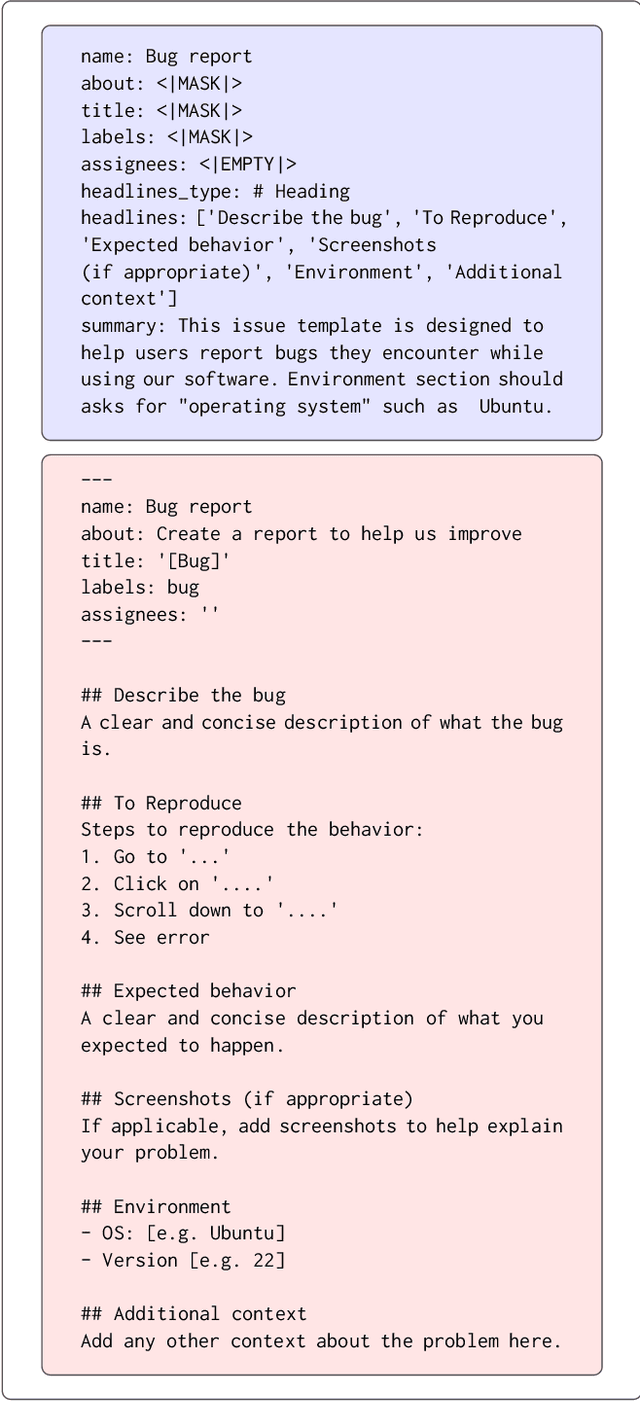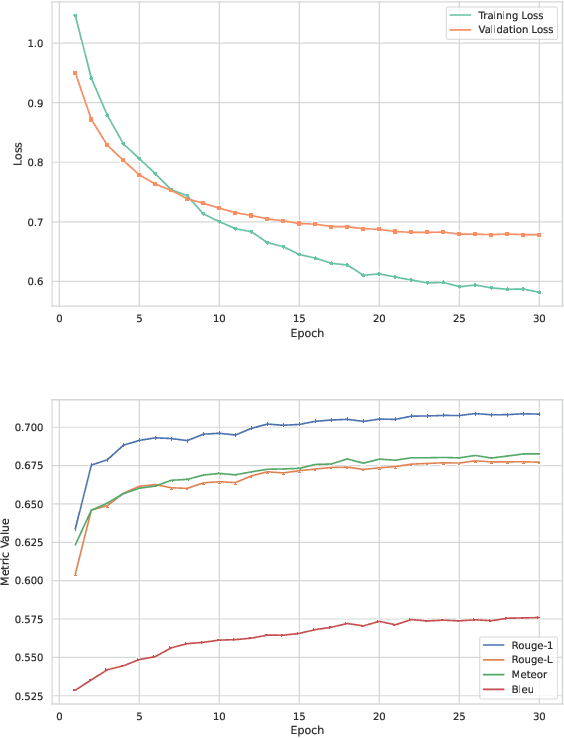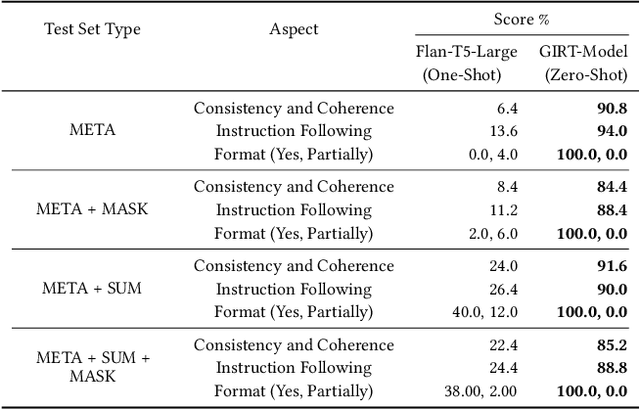Nafiseh Nikeghbal
MEXA: Multilingual Evaluation of English-Centric LLMs via Cross-Lingual Alignment
Oct 08, 2024Abstract:English-centric large language models (LLMs) often show strong multilingual capabilities. However, the multilingual performance of these models remains unclear and is not thoroughly evaluated for many languages. Most benchmarks for multilinguality focus on classic NLP tasks, or cover a minimal number of languages. We introduce MEXA, a method for assessing the multilingual capabilities of pre-trained English-centric LLMs using parallel sentences, which are available for more languages than existing downstream tasks. MEXA leverages the fact that English-centric LLMs use English as a kind of pivot language in their intermediate layers. It computes the alignment between English and non-English languages using parallel sentences to evaluate the transfer of language understanding from English to other languages. This alignment can be used to estimate model performance in other languages. We conduct studies using various parallel datasets (FLORES-200 and Bible), models (Llama family, Gemma family, Mistral, and OLMo), and established downstream tasks (Belebele, m-MMLU, and m-ARC). We explore different methods to compute embeddings in decoder-only models. Our results show that MEXA, in its default settings, achieves a statistically significant average Pearson correlation of 0.90 with three established downstream tasks across nine models and two parallel datasets. This suggests that MEXA is a reliable method for estimating the multilingual capabilities of English-centric LLMs, providing a clearer understanding of their multilingual potential and the inner workings of LLMs. Leaderboard: https://huggingface.co/spaces/cis-lmu/Mexa, Code: https://github.com/cisnlp/Mexa.
GIRT-Model: Automated Generation of Issue Report Templates
Feb 08, 2024



Abstract:Platforms such as GitHub and GitLab introduce Issue Report Templates (IRTs) to enable more effective issue management and better alignment with developer expectations. However, these templates are not widely adopted in most repositories, and there is currently no tool available to aid developers in generating them. In this work, we introduce GIRT-Model, an assistant language model that automatically generates IRTs based on the developer's instructions regarding the structure and necessary fields. We create GIRT-Instruct, a dataset comprising pairs of instructions and IRTs, with the IRTs sourced from GitHub repositories. We use GIRT-Instruct to instruction-tune a T5-base model to create the GIRT-Model. In our experiments, GIRT-Model outperforms general language models (T5 and Flan-T5 with different parameter sizes) in IRT generation by achieving significantly higher scores in ROUGE, BLEU, METEOR, and human evaluation. Additionally, we analyze the effectiveness of GIRT-Model in a user study in which participants wrote short IRTs with GIRT-Model. Our results show that the participants find GIRT-Model useful in the automated generation of templates. We hope that through the use of GIRT-Model, we can encourage more developers to adopt IRTs in their repositories. We publicly release our code, dataset, and model at https://github.com/ISE-Research/girt-model.
MenuCraft: Interactive Menu System Design with Large Language Models
Mar 08, 2023Abstract:Menu system design is a challenging task involving many design options and various human factors. For example, one crucial factor that designers need to consider is the semantic and systematic relation of menu commands. However, capturing these relations can be challenging due to limited available resources. With the advancement of neural language models, large language models can utilize their vast pre-existing knowledge in designing and refining menu systems. In this paper, we propose MenuCraft, an AI-assisted designer for menu design that enables collaboration between the designer and a dialogue system to design menus. MenuCraft offers an interactive language-based menu design tool that simplifies the menu design process and enables easy customization of design options. MenuCraft supports a variety of interactions through dialog that allows performing few-shot learning.
 Add to Chrome
Add to Chrome Add to Firefox
Add to Firefox Add to Edge
Add to Edge